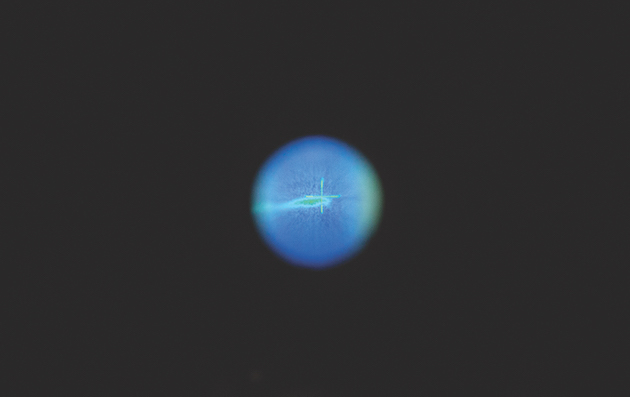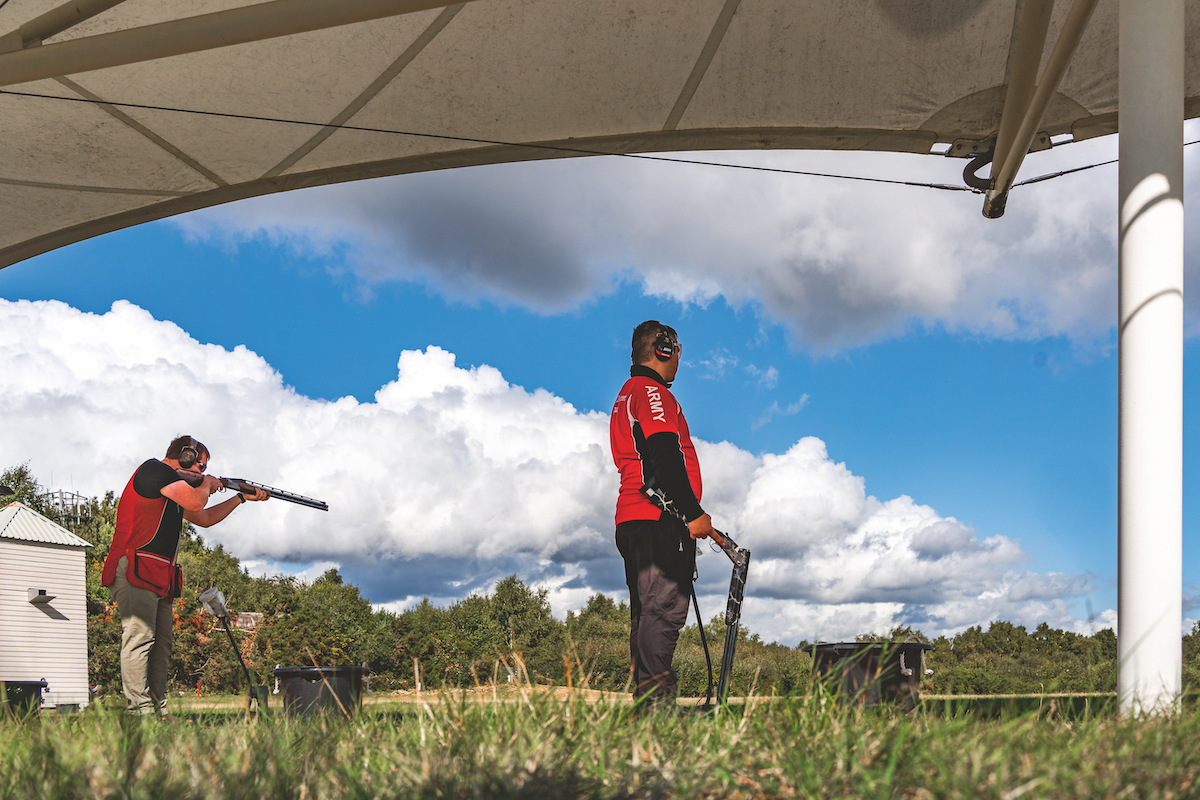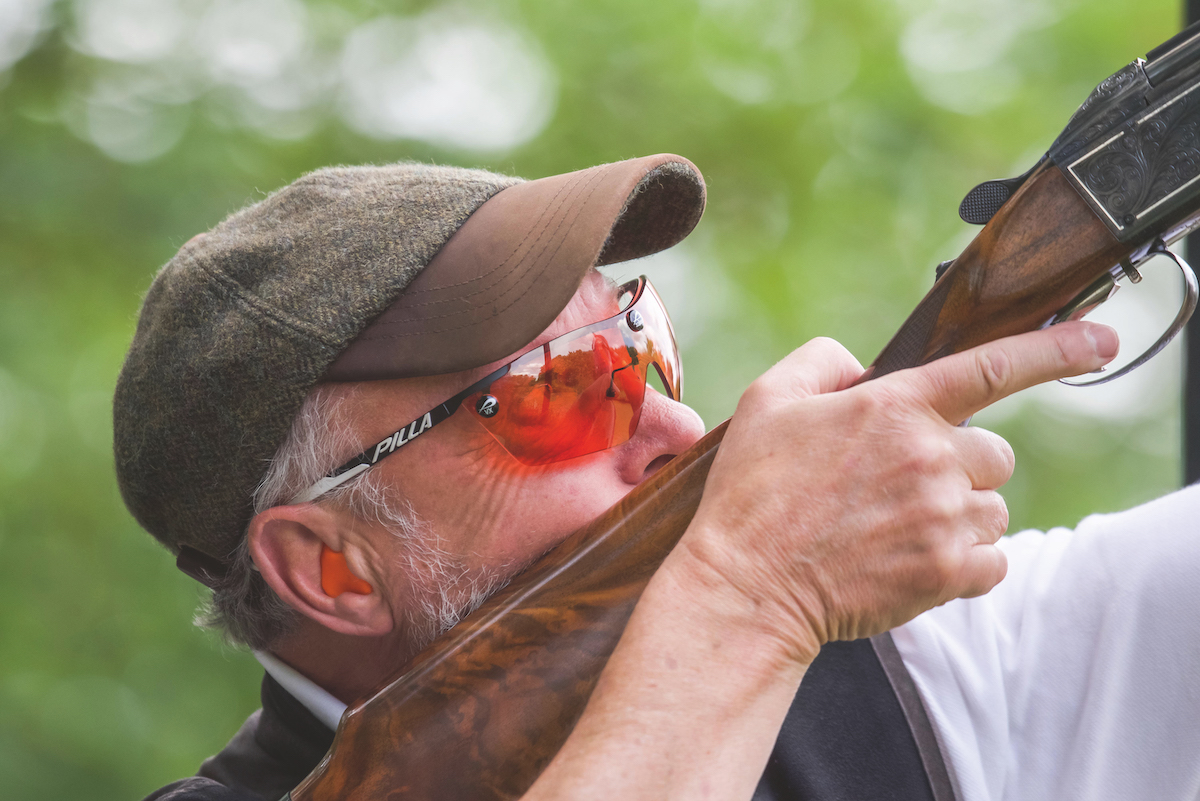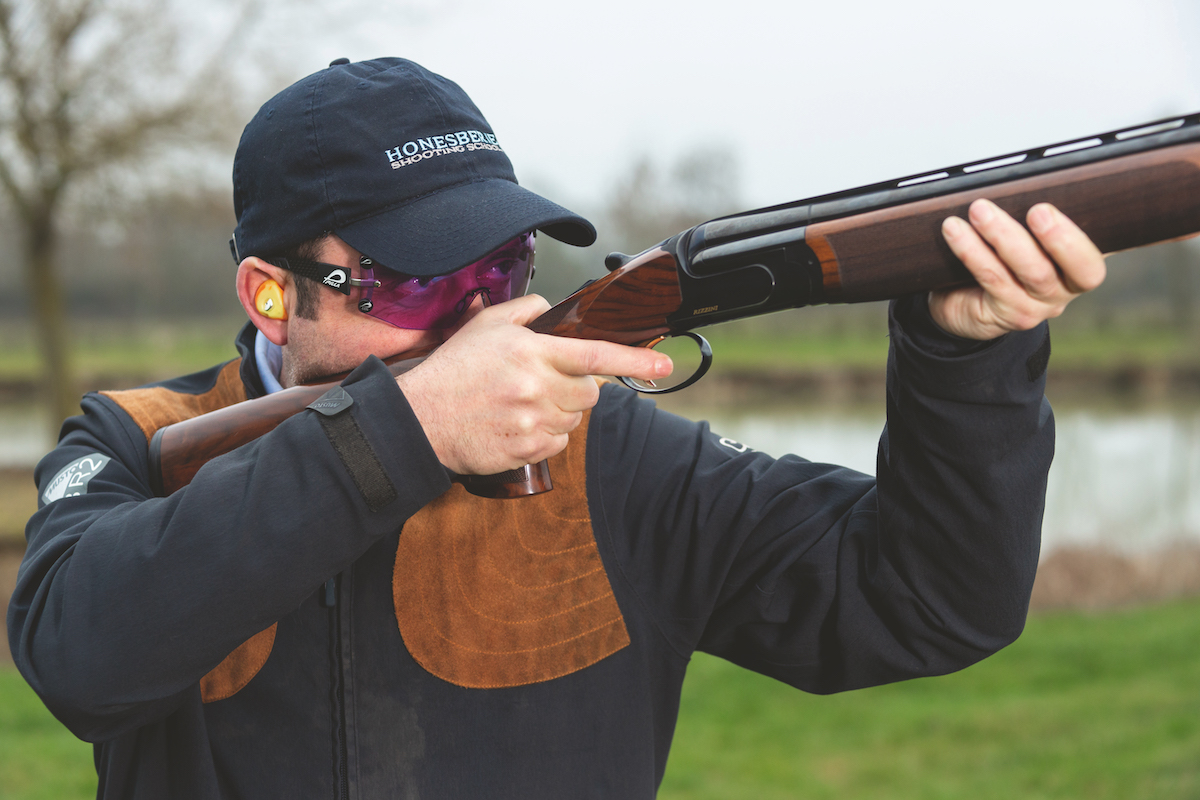Tips for night vision shooting
Smaller and lighter than ever, thermal imaging can give you the edge says Paul Quagliana

A fox glowing in the Pulsar Thermion night vision rifle scope.
Night vision shooting has seen tremendous technological advances in recent years, such as equipment becoming smaller and lighter.
Although the equipment works in any weather, cold nights give the best results for night vision shooting; rainy nights can make the image seem pixellated or indistinct. (Read our review of the top thermal imaging scopes.)
Night vision equipment has other uses, too. It can be used if poachers are present, to assess deer numbers, for following up wounded deer in daylight and to count other species present on your ground. It is always a joy to see barn owls through the spotting scope. Cheaper options can also be employed for rat and rabbit control. (Read our tips on night-time ratting here.)

Sticks are a useful addition to your kit if you are on foot
Quieter
Night vision shooting is not as obtrusive as lamping and is a quiet way of going about your business. (Read our tips on lamping foxes.)

Use a spotting scope not the rifle scope to identify quarry
Night vision shooting rules
There are some sound rules to follow when you head off into the darkness.
It goes without saying that you do not shoot unless you are sure what you are shooting at. Take time to learn the traits of the animals you pursue, their shapes and how they move. It is absolutely vital that you do this.

The fox, shot with the aid of a night-vision scope
- Make sure you understand how your equipment works and that you have shooting safety procedures in place that you are familiar with. If operating from a vehicle, ensure the rifle is unloaded if, for example, you have it on the seat beside you. Don’t leave a loaded rifle bumping up and down next to you.
- As with any night shooting, make sure you have done a thorough survey of the land during daylight. Think about backstops and other safety issues. Shooting from the raised position off the back of a vehicle increases safety with regard to backstops. Distances and terrain appear different at night, whether using a lamp or night-vision equipment. It pays to look for landmarks such as distinctive trees or cattle troughs in daylight and use a range finder to see how far away they are in relation to your position, such as a gateway into a field. This will give you an idea of distance in relation to your potential target should it present itself at night.
- Wear appropriate clothing or take spare clothing with you. Winter night shooting can be unpredictable and if you have travelled any distance and the weather turns it can make for a miserable experience. And remember, the weather can turn at any time of year. (Read our list of the best shooting boots.)
- Gates or fences that you open to pass through should be closed behind you, and if operating from a vehicle don’t drive across fields with crops in. Drive round the edges or follow recognised tracks. Sometimes, you may have to go on foot. Check with the landowner or farmer what you can and cannot do. And if you wander a long way from the vehicle, remember how to get back to it. It is easy to get lost at night, especially on new ground.
- It is vital that you have correctly identified the subject sighted using a hand-held night vision spotting device before lifting the rifle – this is more important than anything else. Night shooting requires a great deal of responsibility. Do not use the night vision scope on the rifle as a viewing aid – you could be pointing your rifle at anything. When rifle shooting in daylight it is accepted practice to use binoculars to identify potential quarry; just so at night, only use the spotting scope first. Be honest about your marksmanship skills and ability to judge range. There are all sorts of creatures around at night, from birds to deer, livestock – and some with two legs. They will all glow in the spotting scope but can you tell what they are? Make sure you know exactly what you are looking at.
- Battery life will vary with different units so if out for a long time be aware of this. It pays to take a powerful headlamp or torch with you as well, preferably one that throws a wide, strong beam. You may drop an item on the ground or need it to cross difficult terrain.
- A vehicle offers a sturdy rest for your rifle but if you are on foot then a decent set of sticks is a good idea. Practice with them beforehand to check how easily and quietly you can deploy them and how accurate you are when using them.
- Night-vision equipment may appear to give an easy result, some would say an unfair one, but the old rules of fieldcraft still apply. Pay attention to wind direction, as you won’t beat an animal’s sense of smell. Millions of years of evolution can reduce new technology to nothing more than an expensive toy.








